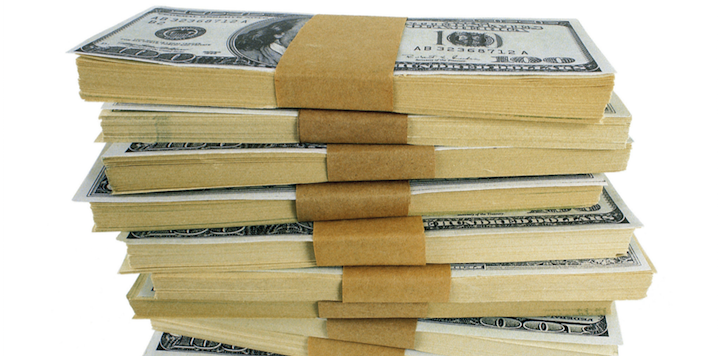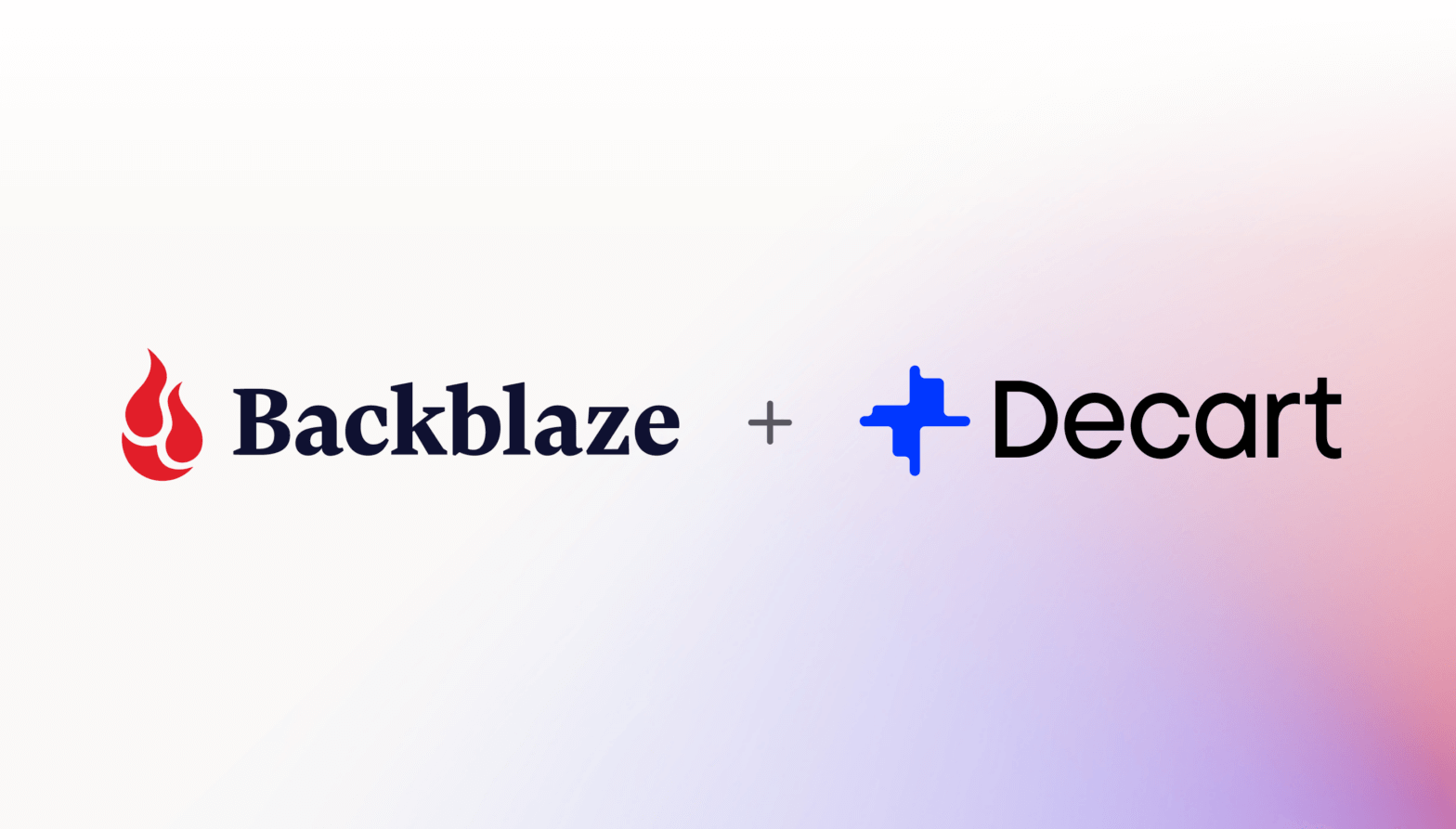
The better goal? Keep your head down, make a great product, and build a successful business.
Silicon Valley prays at the altar of the billion-dollar business. And for good reason: These companies define industries, give the founders so-called “F-you money,” and provide VCs with a return that can counterbalance a dozen lousy investments. I don’t take issue with any of this.
What I do take issue with is the fact that Silicon Valley derides almost any other kind of business. So, million-dollar businesses are referred to as “lifestyle” companies and even sizeable exits are called “acquihires.”
Here’s the reality: Almost none of the start-ups currently working away in Silicon Valley will become billion-dollar businesses. And the dirty secret? Most of the founders know this.
The Numbers
According to one New York Times report, there are 25 to 40 private tech companies worth over $1 billion. Sounds like a shockingly high number, right?
Well, consider the fact that these businesses were started over a period of five to 10 years. And consider that more than 50,000 companies get funded each year by some combination of angels and VCs. Thus, in rough numbers, the chance that a funded company goes on to become a billion-dollar business is 0.005% to 0.016%. Rounding to any significant digits, that’s basically zero.
Do You Buy Lottery Tickets?
So what happens to the other 99.995% of funded start-ups? At least half shut down within a couple years.
The successes? Those are the ones that develop great products, attract adoring customers, generate real revenues, and employ a significant portion of the economy.
They’re companies building profitable businesses, such as social sharing simplifier Buffer, and online project management service Wrike. Or companies such as online photo site SmugMug, small business collaboration service 37signals, and website builder Jimdo, all of which have eschewed funding altogether and bootstrapped their businesses to success.
These companies generate $5 million, $10 million, even $50 million in revenue. They are not Facebook, Dropbox, or Pinterest, but they are successful on every metric.
What’s the Downside of Trying?
You may ask, “Why not try to build a billion-dollar business?” Because there are big downsides to the process:
- You need a lot of money. Your business will require tons of cash, so you will be fundraising constantly instead of focusing on the product. Thought you’d start a company because you love the business and the product? Half of your time will be spent on finance instead.
- You’re gambling. By aiming for hypergrowth, you have to place big bets ahead of actual data. Many of these bets will fail, which makes this method inefficient and expensive. One of the gambles is how much funding is required and if you can raise it in time. Misjudge slightly and you’re out of business in a blink.
- You’ll lose a lot of ownership. Raising a ton of cash will mean diluting your share of the company. If you sell 80% of your shares before an exit, your company needs to be worth 500% more for you and your employees to make the same amount. (For a refresher on how this works, read “Understanding How Dilution Affects You At A Startup.”)
- You’ll lose your culture. Hiring the right people and building a great culture is critical. But hypergrowth means hiring recruiters to hire managers to hire recruiters to hire as many people as possible… And having those people hire new employees only weeks after they start working at your company. This approach reduces the chances of finding the right people and building a healthy culture.
It Doesn’t Have to Be This Way
Most venture capital firms are focused on investing big money in companies that might provide billion-dollar exits, but not all. A few new, innovative funds acknowledge that while some of their investments may grow to this size, a lot of room for success resides below that margin. These firms run their funds like a business rather than a gamble and understand that good ROI can come from multiple mid-size successes.
Hunter Walk, partner at Homebrew, a new seed-stage VC firm, says, “Rather than ask ‘Is this a billion-dollar company’ in terms of market size, we like to ask ‘Do these founders have the aptitude and attitude to build something big?’ If the answer is affirmative, then they’ll figure out how to create massive amounts of value along the way. Homebrew can returns great results to our investors with a mix of exit scenarios, not all of which need to be at the billion dollar level.”
500 Startups founder Dave McClure takes it further, “We think of our model sort of like Moneyball for venture capital,” he says, where consistent hitting and getting on base frequently is more important than swinging for the fences every time. We prefer to build a model where ‘singles’ (>$10M exits) and ‘doubles’ (>$100M exits) are still meaningful outcomes, and the occasional home run [>$1 billion exit] is a fantastic upside event, but not required for us to be successful.” This model has paid off for 500 Startups with a handful of their investments (Rapportive, Crocodoc, Moonfruit, Versly, and ZenCoder) all acquired in the $10- to $100-million range in the three years since the fund started.
EchoVC and Bullpen Capital are two other firms that invest smaller amounts in capital-efficient start-ups, knowing that a $50-million exit provides an excellent return.
So, What Size Business Should You Start?
Start a business because it addresses the problem you want to solve and produces the product you want to build. Figure out how you’ll make your first dollar. Then determine how to make the first million. Eventually, you may grow to a billion-dollar company, but it’s OK if you end up as one of the 99.995%. There is a whole lot of room for success between a billion and dead.
(This blog post was first published on Inc.com).




